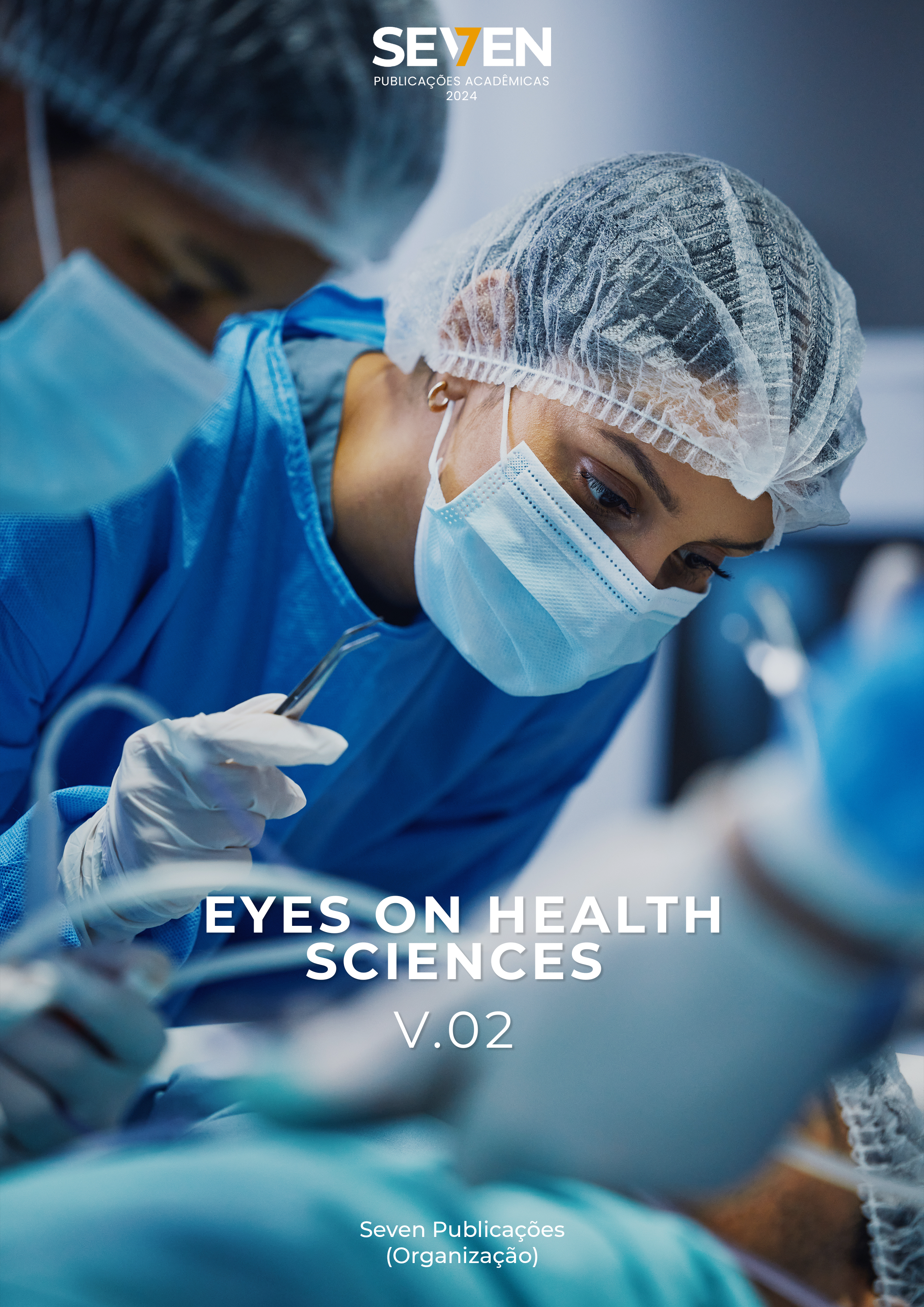Profile and antimicrobial sensitivity of bacteria in culture of patients with mechanical ventilation-associated pneumonia during the COVID-19 pandemic: An integrative review
Keywords:
Ventilator-Associated Pneumonia, Etiology, Bacteria, AntibiogramAbstract
Respiratory failure caused by the COVID-19 virus in severe cases requires the use of mechanical ventilation. In this context, ventilator-associated pneumonia (VAP) is a nosocomial infection that develops frequently and is related to a worse prognosis. Gram-negative bacteria are commonly isolated in cultures of tracheal secretion. However, the abusive use of antibiotics during the pandemic may have contributed to the selection of resistant bacteria. OBJECTIVE: To identify the main bacterial etiologies and antimicrobial susceptibility profile in patients with VAP during the COVID-19 pandemic. METHODOLOGY: This is a descriptive research, with a qualitative approach, in the form of an integrative literature review. Between March 2020 and May 2022, we searched for publications on bacterial etiologies and antimicrobial susceptibility profile in cultures of patients with VAP in the Scopus, Cochrane Library, US National Library of Medicine (PubMed), and International Health Sciences Literature (Medline) databases. The results of the selected articles were shown in a table. RESULTS: In 14 studies, Gram-negative bacteria were more prevalent. Pseudomonas aeruginosa was identified in 12 studies; Klebsiella pneumoniae in 10 studies; Acinetobacter baumannii in eight; Staphylococcus aureus was isolated in six studies. There was an increase in antimicrobial resistance, especially to carbapenems. Pseudomonas aeruginosa strains were resistant to amikacin, colistin, cefepime, ceftazidime, piperacillin/tazobactam (PIP/TAZ); Klebsiella pneumoniae has demonstrated extensive resistance to extended-spectrum cephalosporins, fluoroquinolones, and aminoglycosides. CONCLUSION: Knowledge of the profile of the main bacterial etiologies, as well as antimicrobial resistance, is essential for the adoption of prophylactic measures and treatment for VAP.
Downloads
Published
Issue
Section
License
Copyright (c) 2024 Hiago José Chaves Rodrigues, Sueli de Souza Costa, Felipe Ruda Silva Santos, Jose Carlos Aragão Silva Júnior, Denise Francisca dos Santos, Expedito Duarte de Lima

This work is licensed under a Creative Commons Attribution-NonCommercial 4.0 International License.





